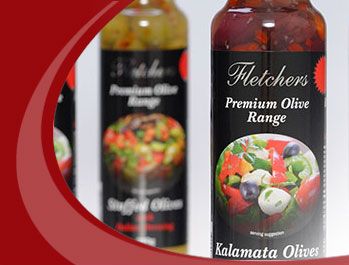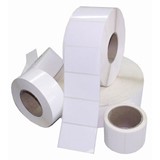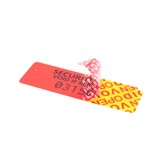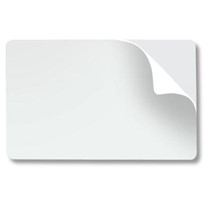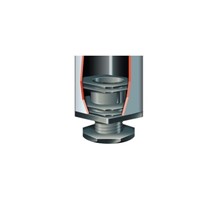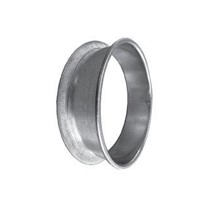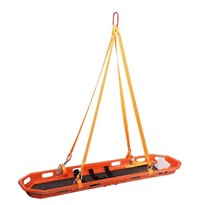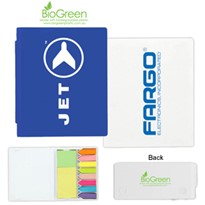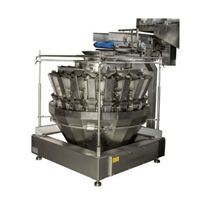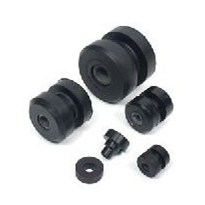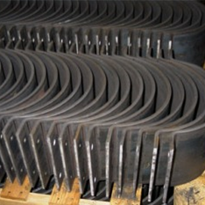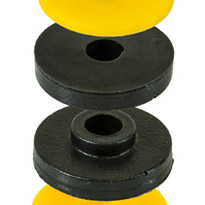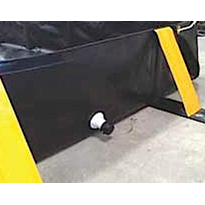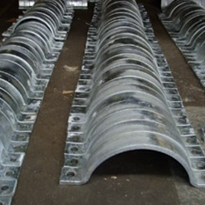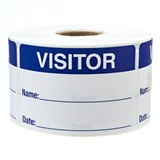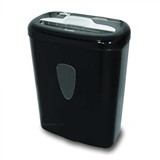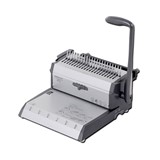How to create a label
In today’s increasingly competitive environment, product recognition is everything. Now more than ever there is a major focus on product presentation and hence the creation of the product label is extremely important. To ensure market domination, food processors and manufacturers are demanding greater design options, higher quality and more durable labelling solutions. They want a better look for their label, which ultimately sells their brand and their product. But if you are just starting out where do you begin?
The purpose of the label
Begin by first defining the purpose of the label as this will flow through and assist in every decision made throughout the creation process of the label. Product Labels perform several functions and the purpose could require one or a combination of the following; to identify the product or brand, grade the product, describe and/or promote the product.
It is important to make sure any regulations for labelling are also understood in the relevant industry, for example nutrition information laws for food manufacturers, and barcodes as this may also affect the purpose of the label. If the label needs to reflect the brand, then it may include elements such as name, target audience, key selling attributes, packaging style and feel, price and advertising. It is the nature of the product itself that produces the brand image. Once the label purpose is determined, the important look and design of the label can then be addressed.
Label look & design
The design of the label is usually the most exciting part. The label can be any size and shape desired. However, the shape and size of the product will also have a major bearing on the design of the label. To enhance the product and make it stand out, the use of photos, illustrations and logos can be meticulously reproduced with the standard four process colours and the introduction of extra spot colours.
The typestyle chosen is also important and can say a lot about the product or service. Let the purpose of the label help you decide on the typeface. The label material or face stock considered will be determined by the type of product and storage required. Is the product glass, metal, PET, curved, rough, oily, wet or dirty? Will the product’s environmental conditions be outdoor, indoor, humid, freezing, abrasive or have chemicals or solvents involved? The label can also be designed around embellishments such as foiling, often gold or silver and embossing. Once these issues are determined, a well established label supplier should be able to assist with any label design and face stock advice.
Application
Application details are also essential, however, not always at the top of the creator's mind. It is of no value having an eye-catching label that is guaranteed to capture the imagination of shoppers and the essence of your brand if it keeps falling off your product. The label application and environmental needs must be outlined as this will determine the type of label adhesion the product requires.
Good questions to answer include, how is the label to be applied to the product? Is it going to be hand applied or applied on the production line? How fast is the label to be applied to the product? You may want to be able to print labels in-house through your own printer for easy changes to product specific variable information such as weights and nutrition information. Each application has varying factors and the label supplier will be able to assist.
Printing techniques
There are many different printing techniques available to print labels such as Flexographic, Hot Stamp, Offset, Letterpress, Litho, Silk Screen or Hot Stamp – Flexographic. Your chosen label supplier may use one or all of these methods. When creating a label, print quality is a major factor in assessing labelling suppliers. Ensure you also investigate other benefits including the variety of label materials, flexible stocking options and supply strategies - ideally customised for individual production schedules - label design advice and short order response times. Packaging is the crucial expression of your brand at the point of sale; expect your label supplier to act in partnership with you.


